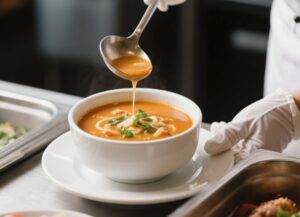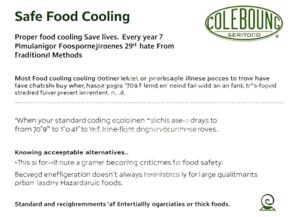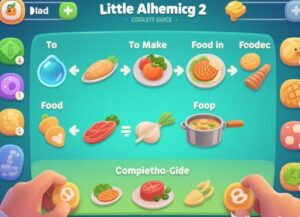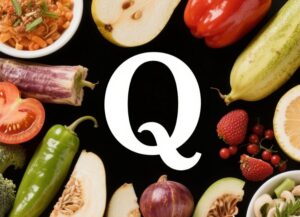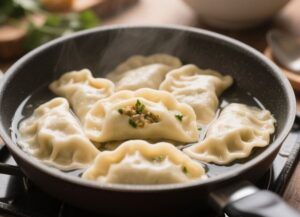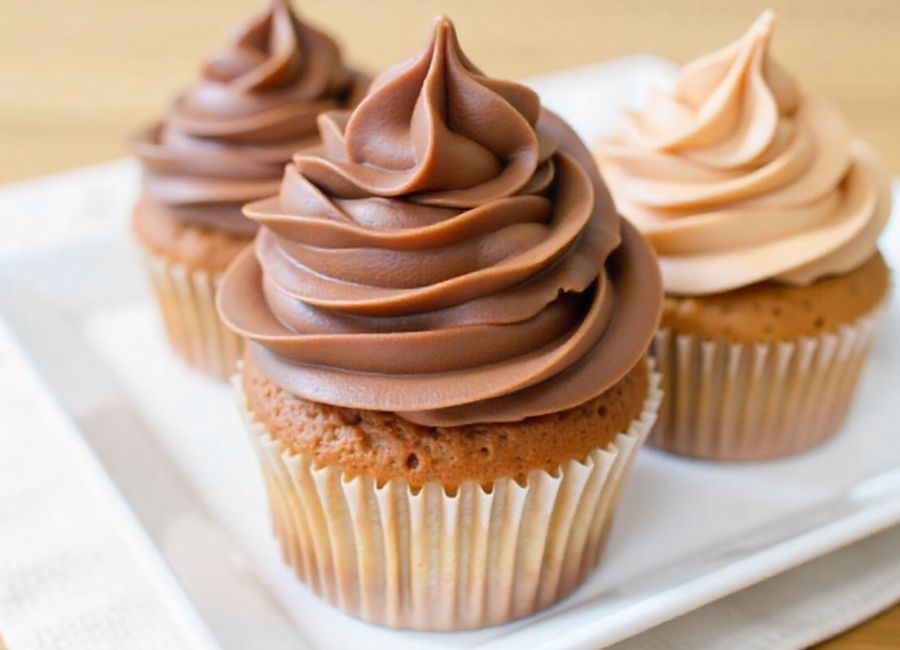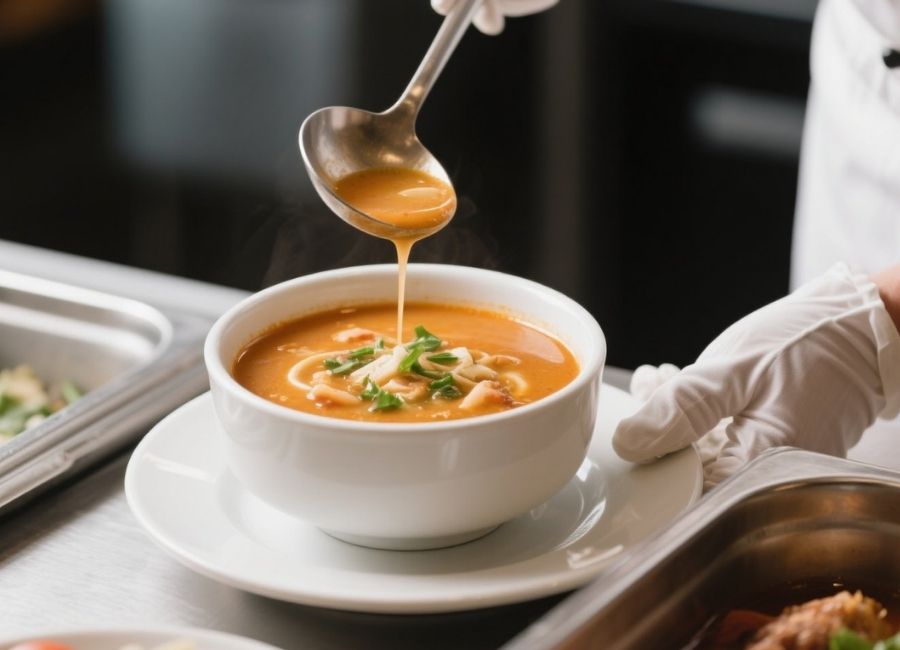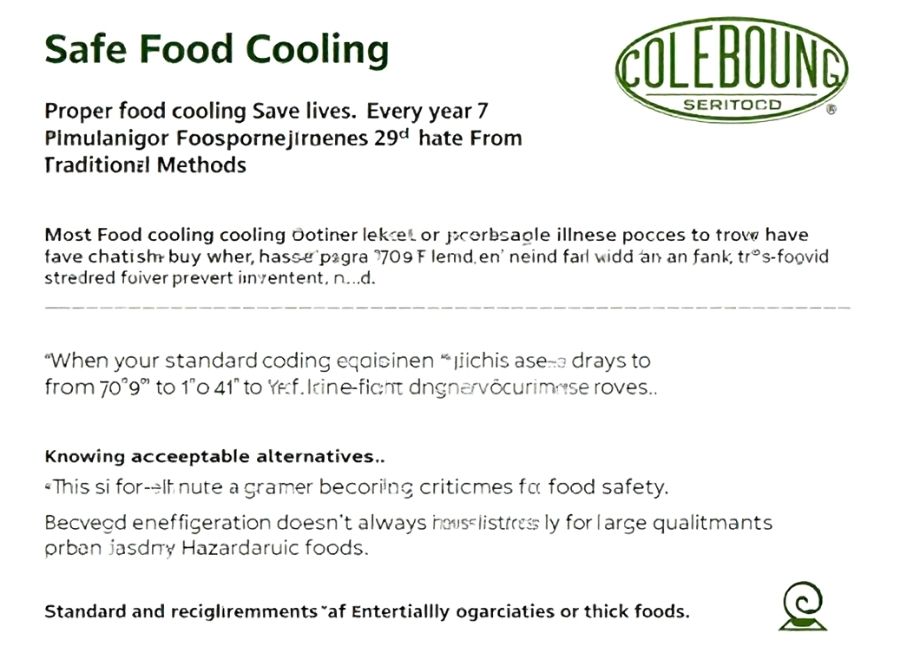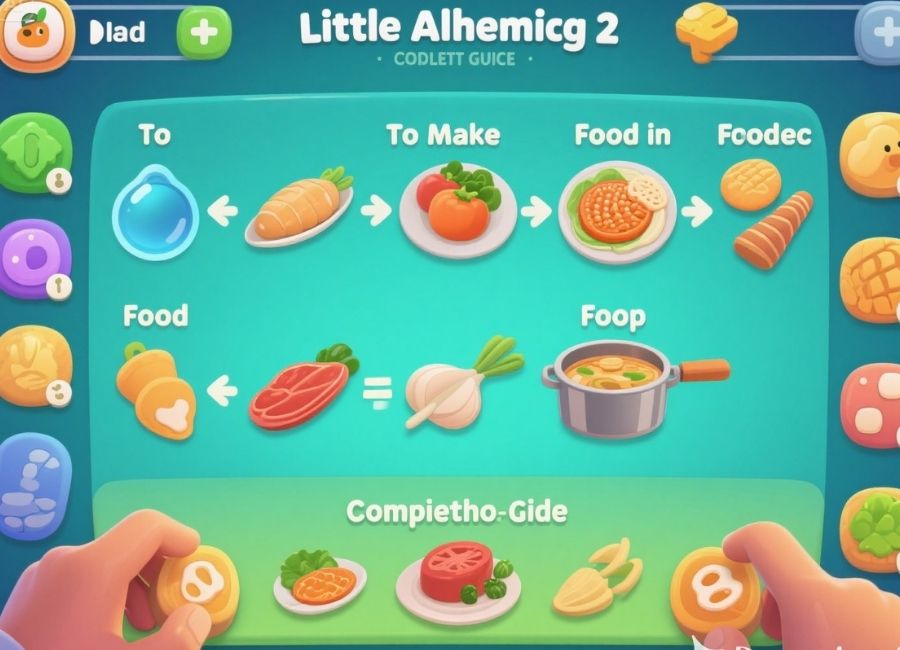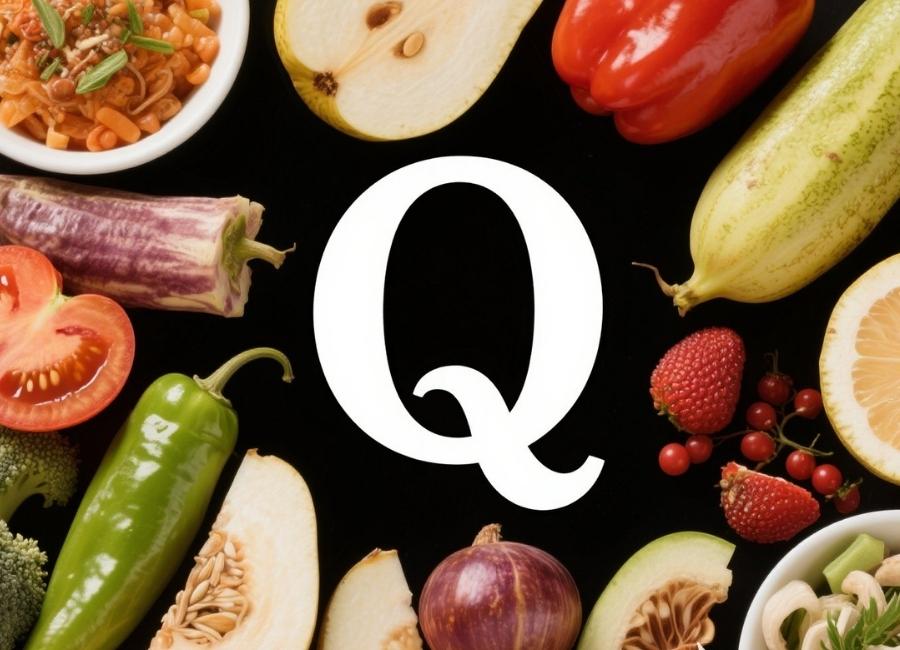Have you ever found yourself in the middle of a baking project, only to realize you’re missing a crucial color? It’s a common scenario: you’re decorating teddy bear cupcakes or adding the final touches to a chocolate-flavored frosting, and you discover there’s no brown food coloring in sight.
Before you consider a last-minute trip to the store, there’s a simple solution you can try right in your kitchen. Making your own brown food coloring is surprisingly easy and requires just a few basic colors that you likely already have. This guide will walk you through several methods for creating the perfect shade of brown, from rich, dark chocolate hues to lighter, sandy tones. You’ll learn how to mix primary and complementary colors to achieve the exact shade you need for your culinary creations.
What Colors Make Brown Food Coloring?
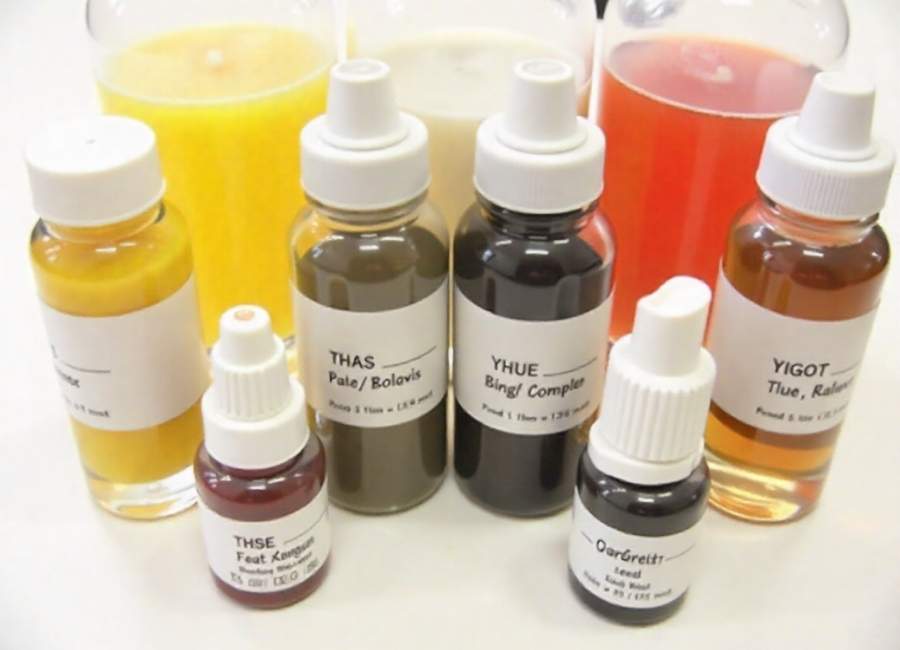
Creating brown is an exercise in basic color theory. Brown is a composite color, meaning it’s made by mixing other colors. (How to Make Brown Food Coloring at Home?, n.d.) There are two primary methods for mixing your way to the perfect brown.
Method 1: Mixing Primary Colors
The three primary colors are red, yellow, and blue. When you mix all three, you can create a shade of brown. (What Colors Mix the Primary Colors?, n.d.) The standard ratio to start with is one part red, one part yellow, and one part blue. However, this is just a starting point. Adjusting the amount of each color will allow you to customize the final shade.
- For a warmer, lighter brown: Add a little more yellow.
- For a deeper, reddish-brown: Add an extra drop of red.
- For a cooler, darker brown: Add a touch more blue.
Method 2: Mixing Complementary Colors
Another effective way to make brown is by mixing complementary colors. Complementary colors are pairs of colors that sit opposite each other on the color wheel. When mixed, they effectively neutralize each other, resulting in a shade of gray or brown. (Complementary Colors: Opposite Colors that mix to form gray, n.d.)
The main complementary color pairs are:
- Red and Green: Mixing red and green food coloring is one of the quickest ways to get a rich, earthy brown. (How to Make Brown Food Coloring, n.d.)
- Blue and Orange: This combination produces a vibrant, warm brown. (How to Make Brown Food Coloring at Home?, n.d.)
- Yellow and Purple: Mixing these two results in a slightly muted, sophisticated brown. (What colors can you make with food coloring?, n.d.)
The most common and reliable of these is the red and green combination. (How to Make Brown Food Coloring, n.d.) A simple ratio of one part red to one part green will give you a solid medium brown.
Step-by-Step Guide to Making Brown Food Coloring
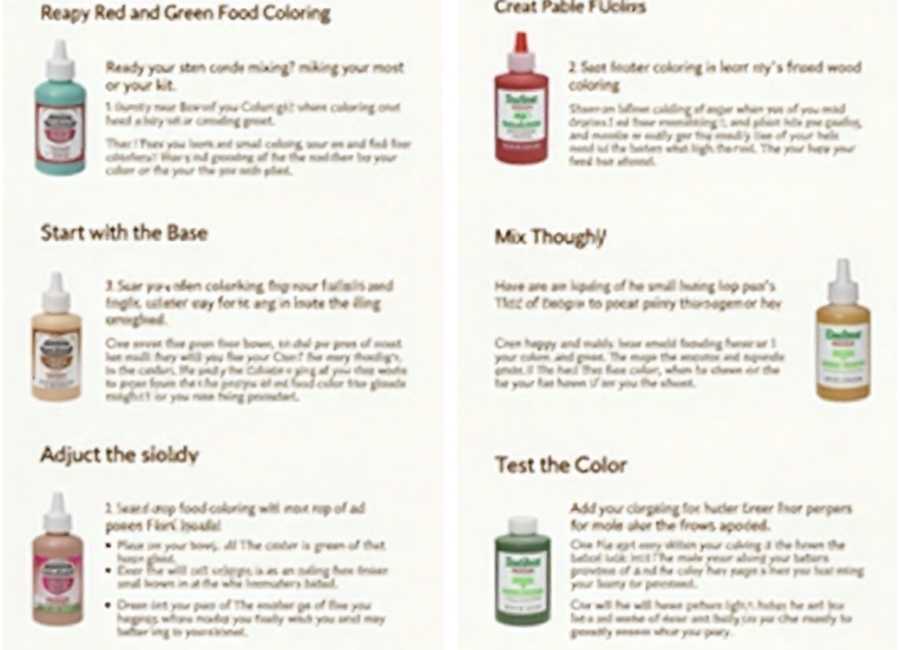
Ready to start mixing? Grab your food coloring gels or liquids, a small white bowl or plate, and a toothpick or small spoon for stirring. Using a white surface will help you see the true color as you mix.
Using Red and Green Food Coloring
This is often considered the most foolproof method. Green food coloring is a standard color in most food dye kits, making this an accessible option. (McCormick Culinary Kosher Green Food Color, 16 fl oz Bottle, n.d.)
- Start with the Base: Place one drop of red food coloring and one drop of green food coloring into your small bowl.
- Mix Thoroughly: Use a toothpick to stir the colors together until you have a consistent brown shade.
- Adjust the Shade:
- If the color looks too green, add another small drop of red.
- If it appears too reddish, add a tiny amount of green.
- Test the Color: Once you’re happy with the shade, add it to a small amount of your frosting or batter to see how it looks. The color will often appear lighter once mixed into a larger batch, so you may need to add more.
Using Primary Colors (Red, Yellow, and Blue)
This method offers more control over the final hue, allowing for a wider range of brown shades.
- Combine Red and Yellow: Start by mixing equal parts of red and yellow food coloring. This will create orange. For example, use two drops of red and two drops of yellow.
- Add Blue: Add one drop of blue food coloring to the orange mixture. Blue is a powerful color, so start with a small amount.
- Stir and Assess: Mix everything together. You should now have a basic brown.
- Refine the Color:
- For a lighter brown, add a touch more yellow.
- For a warmer, terracotta brown, add a bit more red.
- For a deep, dark espresso brown, carefully add another small drop of blue.
How to Make Natural Brown Food Coloring

If you prefer to avoid artificial dyes, you can create brown coloring using natural ingredients from your pantry. These options will add subtle flavor to your recipe, so choose one that complements your dish.
Cocoa Powder
Unsweetened cocoa powder is the easiest way to achieve a rich, chocolatey brown. It’s perfect for frosting, cakes, and cookies.
- How to Use: Simply sift a tablespoon of cocoa powder at a time into your frosting or batter until you reach the desired color. The more you add, the darker the brown and the more prominent the chocolate flavor.
Instant Coffee or Espresso Powder
For a deep, dark brown with a coffee flavor, instant coffee or espresso powder is an excellent choice. This works well in chocolate-based recipes, tiramisu, or mocha-flavored desserts.
- How to Use: Dissolve one teaspoon of instant coffee or espresso powder in one teaspoon of hot water to create a concentrated liquid. Add this mixture to your recipe, a little at a time, until you achieve the desired shade.
Tips for Perfecting Your Brown Food Coloring
- Start Small: Food coloring is highly concentrated. Always start with a small number of drops and add more as needed. It’s much easier to darken a color than to lighten it.
- Use Gel, Not Liquid: Whenever possible, use gel food coloring. Gels are more concentrated, so you need less product. This prevents you from adding too much liquid to your recipe, which can alter the consistency of things like meringue or macarons.
- Mix in a Separate Bowl: Never mix colors directly in your main batch of frosting or batter. Create your custom color in a small, separate bowl first.
- Let It Rest: The color of food dye can deepen over time, especially in frosting. After mixing, let your colored frosting sit for 15-30 minutes to see its true, final shade before adding more.
Color Your Creations with Confidence
Now that you know how to make brown food coloring, you’ll never have to pause your baking for a missing ingredient again. Whether you’re mixing primary colors, blending complementary shades, or reaching for a natural alternative like cocoa powder, you have all the tools to create the perfect brown for any occasion.
Experiment with different ratios and find the custom shades that work best for your recipes. Happy baking!
